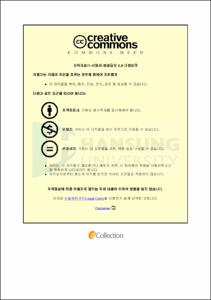高句麗 古墳壁畵 內 女人들의 머리모양 再現을 위한 일러스트레이션
= A Study on the Illustration for Reproduction of Hair Style of Women in Goguryeo Tomb Paintings
- Files in This Item:
-
-
Download
 000000353263.pdf
기타 데이터 / 9.03 MB / Adobe PDF
000000353263.pdf
기타 데이터 / 9.03 MB / Adobe PDF
-
Items in Repository are protected by copyright, with all rights reserved, unless otherwise indicated.